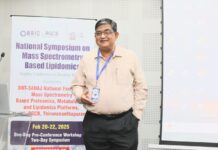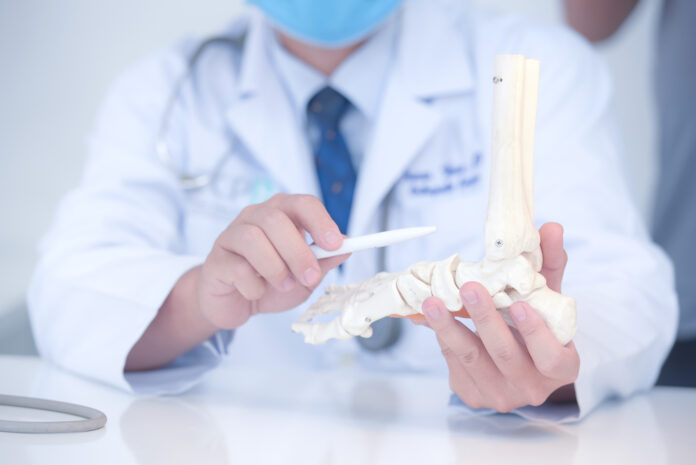Osteoporosis, a condition characterized by the weakening of bones with age, affects millions worldwide, and its prevalence is rising as the global population ages. Traditionally associated with the senescence, or aging, of bone cells, the specific cell types and mechanisms involved were not well understood. However, researchers from Osaka University have now identified a critical gene linked to osteoporosis, Men1, and developed a new animal model to study the disease.
Bones are maintained by two main cell types: osteoblasts, which build new bone, and osteoclasts, which break down old bone in a process called resorption. Osteoporosis occurs when bone resorption outpaces bone formation, often due to the reduced efficiency of osteoblasts as they age.
The gene Men1 is associated with a condition known as MEN1, which causes benign tumors and is linked to cellular senescence and early-onset osteoporosis. The research team found that older mice exhibited decreased levels of Men1 and increased activity of senescence-related genes in osteoblasts. By creating a mouse model where Men1 was specifically inactivated in osteoblasts, they observed bone characteristics similar to those of elderly humans, including reduced bone formation and increased bone resorption. This imbalance led to the development of osteoporosis.
Lead author Yuichiro Ukon explained that osteoblasts with inactivated Men1 showed decreased bone formation activity and accelerated cellular senescence through the mTORC1 pathway, while the number of osteoclasts increased, enhancing bone resorption. This study is particularly significant as it provides a new mouse model of osteoporosis that bypasses the multiple aging-related factors seen in natural aging models, such as decreased physical activity and menopause-related hormonal changes.
Furthermore, the researchers demonstrated that metformin, a drug known to suppress the mTORC1 pathway, could inhibit osteoblast senescence in vitro and partially restore bone structure in Men1-deficient mice. This suggests that targeting cellular senescence may be an effective treatment strategy for osteoporosis.
As reported by News Medical Life Sciences, this research advances our understanding of osteoporosis and highlights potential therapeutic targets, as well as biomarkers for assessing treatment efficacy. The newly developed mouse model offers a valuable tool for ongoing osteoporosis research. Additionally, since cellular senescence is implicated in other age-related diseases and cancers, these findings could have broader implications for understanding and treating a range of conditions.
























